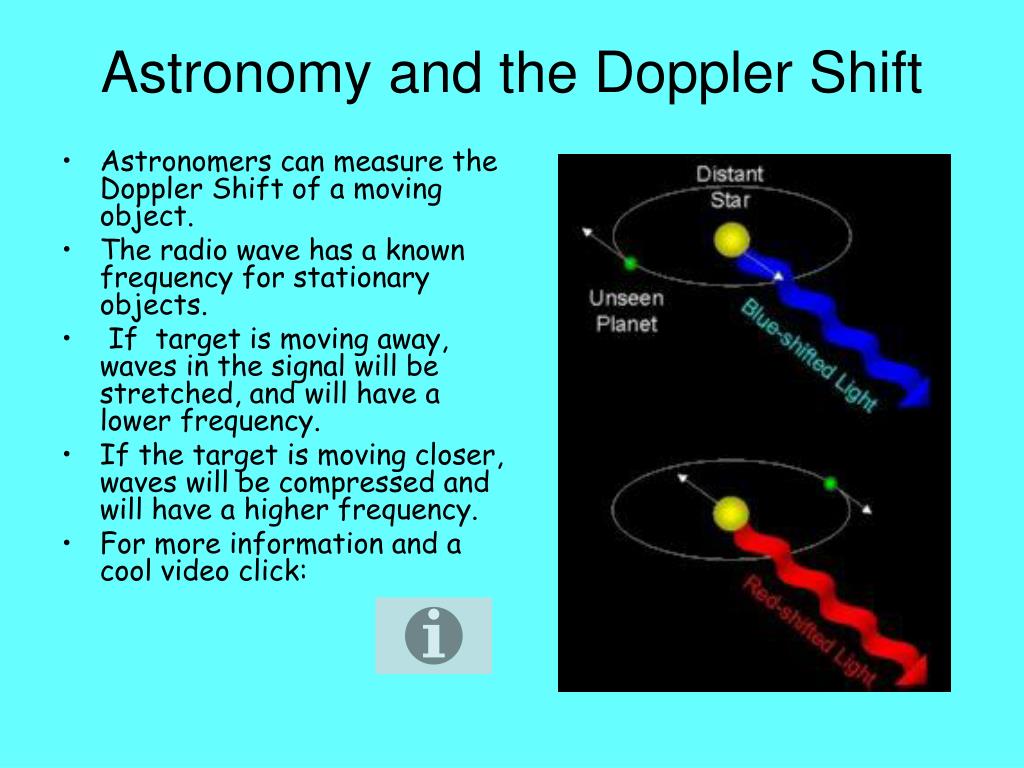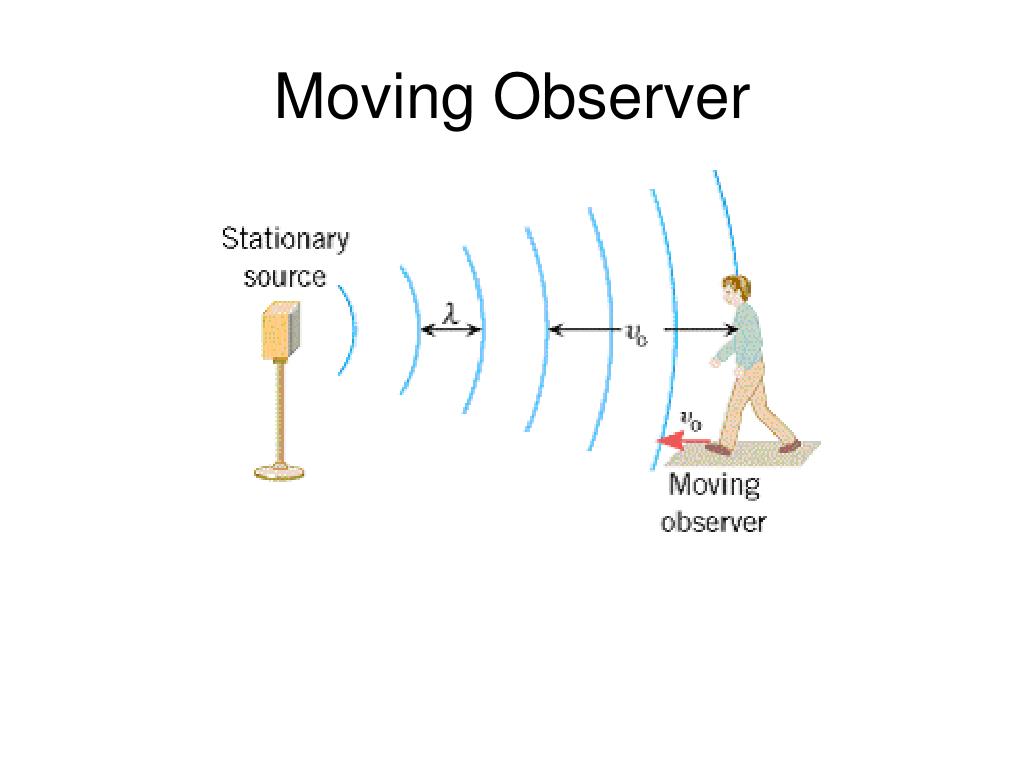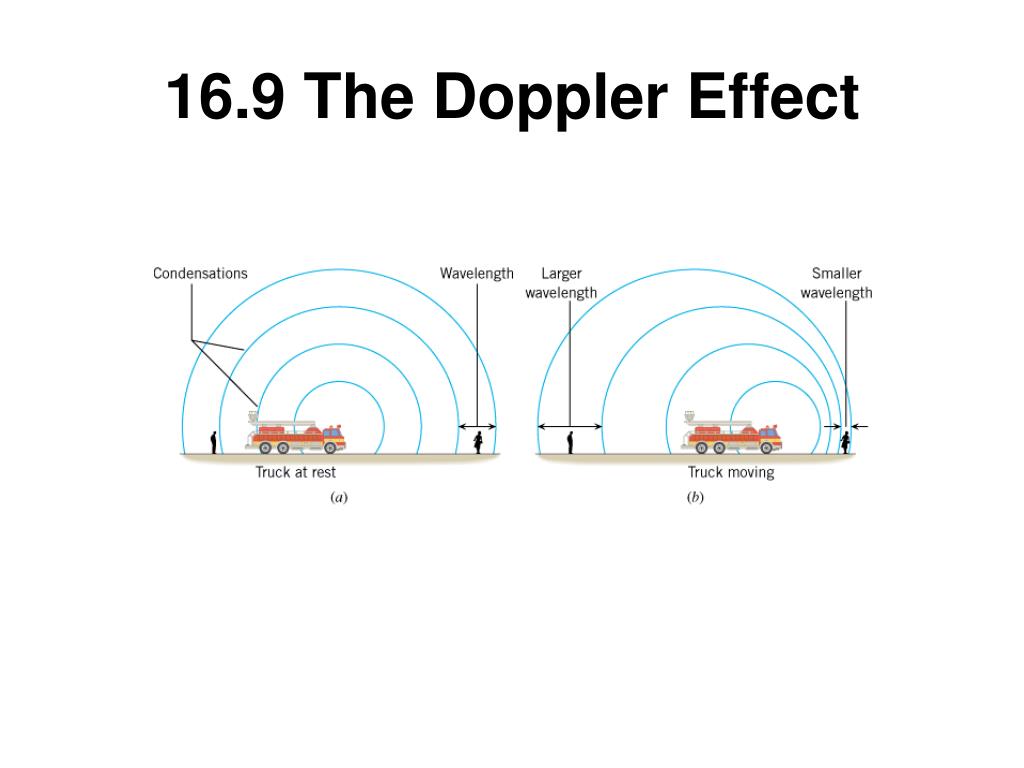
Sound Example : Doppler shifted fire siren, Stuttgart, Germany. Josephs, The Physics of Musical Sounds, Princeton, 1967, p. By noting the pitch of the approaching and receding notes, the speed of the car was accurately estimated. In 1845, an experiment was carried out near the Dutch town of Maarsen where musically trained observers were stationed along the tracks of the Rhine Railroad and listened to trumpets being played in a passing railway car. It is possible that the effect was first noticed with the advent of trains in Europe. Doppler, a 19th century Austrian physicist. The effect is named after its discoverer, C.J. The Doppler effect can be defined as the effect created by a moving wave source in which there is an apparent upward shift in frequency for observers to whom the source is approaching and a clear downward shift in frequency for observers from whom the source is receding. The Doppler effect is observed whenever the wave source moves with respect to the observer. However, since the pitch of the approaching source is a semitone higher than its actual pitch, and that of the receding source is a semitone lower, the drop in pitch as the source passes the listener will be a whole tone or major SECOND. This change in the frequency of sound waves due to movement is called the Doppler shift, also known as the Doppler effect. V s is the velocity of the source relative to the mediumį s is the frequency of the source when stationaryįor the pitch heard by a stationary listener to be a SEMITONE higher or lower than the actual pitch, the source must be moving about 42 mph. Where: v is the velocity of the sound in the medium (see SPEED OF SOUND ) v o is the velocity of the observer relative to the medium

The observed frequency f o may be calculated from the relation: f o = f s. Similarly, as the source and observer move apart, the waves are expanded and the increased wavelength corresponds to a drop in pitch.

As the source and observer move closer, the sound waves may be thought of as being compressed together, and therefore, because the WAVELENGTH decreases, the apparent pitch rises. The change in pitch is a function of the difference in relative velocity of observer and source. As the observer and sound source come together, the perceived pitch is higher than that of the source when stationary, and as they move apart it is lower.Ĭompare: PHASING, SONIC BOOM, TEMPOPHONE. Youre all familiar with the Doppler effect, right Waves of any sort - sound waves, light waves, water waves - emitted at some frequency by a moving. The change in PITCH of a sound heard by a listener when the source and observer are in relative motion to each other. We use similar arguments behind the moving observer.Doppler_Effect DOPPLER EFFECT or DOPPLER SHIFT The wavenumber in front of the wave is thus Thus the wavelength in front of the wave is reduced from its intrinsic value by this distance, Over a wave period, the sound source moves a distance. Once a wave crest is emitted, it propagates at the speed given by the medium such that Redshift happens when light seen coming from an object that is moving away is proportionally increased in wavelength, or shifted to the red end of the spectrum. We will use subscripts “F” and “B” to indicate the properties of the Doppler-shifted wave as observed by a stationary observer located, respectively, in Front and Behind the moving source. Doppler effect is used to measure the speed at which stars and galaxies are approaching or receding from us, in a mechanism named red shift or blue shift. We will use the subscript “0” to indicate properties of a sound wave from a stationary source, often called the intrinsic properties. We develop expressions for the associated shift in frequency corresponding to these wavelength differences (called the Doppler shift) as follows. Similarly, the wavelength behind the moving source is larger. The next wave crest is thus created with a shorter separation than if the source were not moving. This is because by the time one crest has moved some distance towards positive x at the wave speed (given by the medium), the source has moved some distance in the same direction. Notice that, for a nonmoving observer, the wavelength (the distance between crests) is smaller in front of the moving source.

Wave crests radiation from a sound source moving to the right.Ĭonsider the sound source moving toward positive x, with a positive velocity, u, as shown in the figure to the left. Here we will develop this idea mathematically. Some nice animations and discussion of the Doppler effect can be found on Dan Russell’s webpage The Doppler Effect and Sonic Booms.


 0 kommentar(er)
0 kommentar(er)
